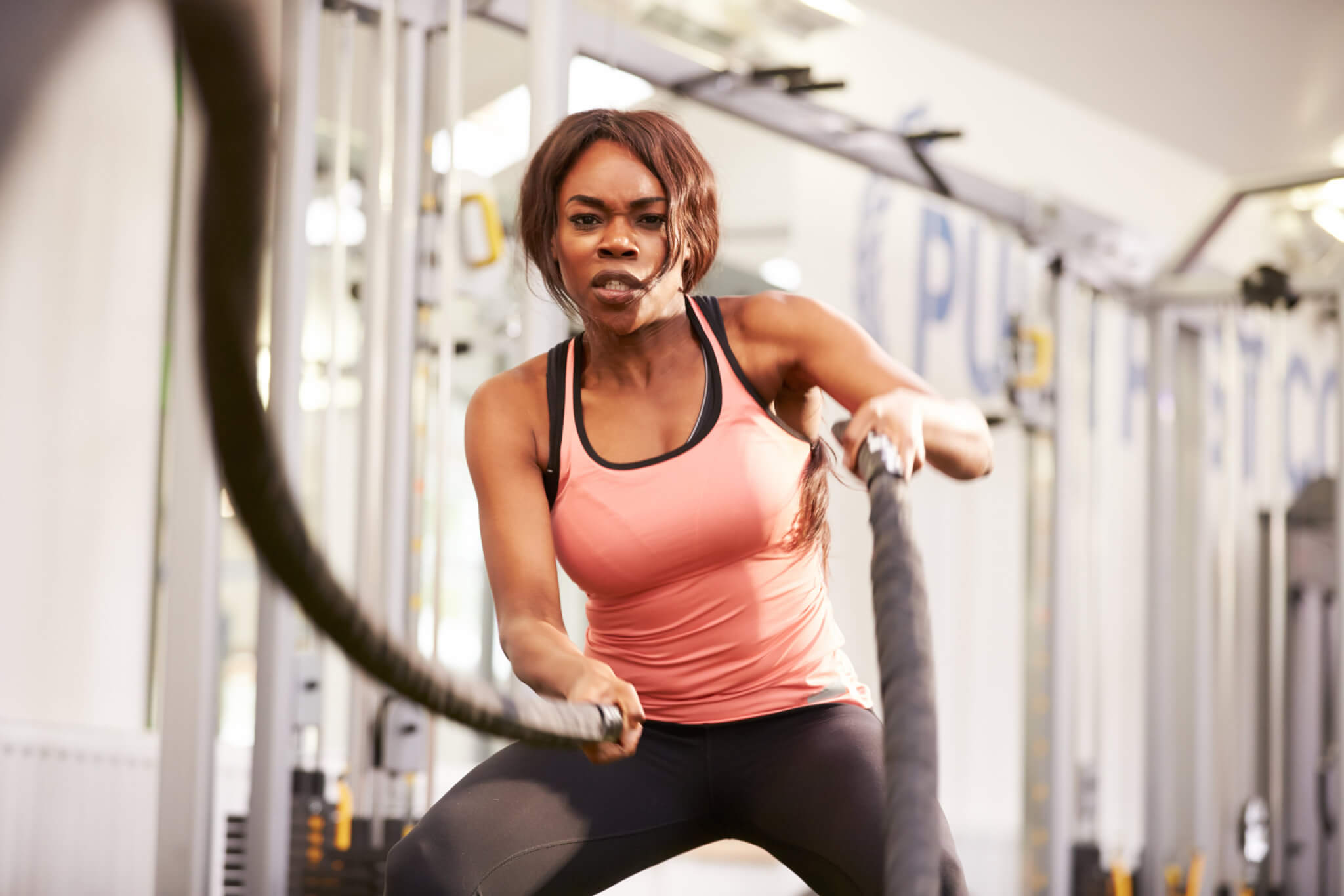🗝️ Key Findings
- Women get more cardiovascular benefit from less exercise: The study found women achieve 24% lower mortality risk with just 2.5 hours of moderate-vigorous exercise weekly, compared to men needing 5 hours for similar benefits.
- Different exercise needs by gender: Women reach peak survival benefit with less aerobic and muscle-strengthening activity compared to men, but further gains are possible with exceeding these amounts.
- Inactive is harmful regardless of gender: While women see greater reductions in mortality risk with exercise, the study emphasizes that everyone experiences lower risk compared to being inactive, making any movement beneficial.
LOS ANGELES — When it comes to exercise, women may win the battle of the sexes. Scientists from Smidt Heart Institute at Cedars-Sinai have unveiled a significant gender disparity in how physical fitness benefits men and women differently. According to the research, women can achieve greater cardiovascular benefits from less exercise compared to men.
“Women have historically and statistically lagged behind men in engaging in meaningful exercise,” says study co-author Dr. Martha Gulati, director of Preventive Cardiology in the Department of Cardiology in the Smidt Heart Institute at Cedars-Sinai and the Anita Dann Friedman Chair in Women’s Cardiovascular Medicine and Research, in a media release. “The beauty of this study is learning that women can get more out of each minute of moderate to vigorous activity than men do. It’s an incentivizing notion that we hope women will take to heart.”
The study analyzed data from over 412,000 U.S. adults collected through the National Health Interview Survey spanning from 1997 to 2019. With a participant pool that was 55 percent female, the research focused on various aspects of physical activity, including its frequency, duration, intensity, and type, to explore gender-specific outcomes.
“For all adults engaging in any regular physical activity, compared to being inactive, mortality risk was expectedly lower,” notes study senior author Dr. Susan Cheng, the Erika J. Glazer Chair in Women’s Cardiovascular Health and Population Science and director of the Institute for Research on Healthy Aging in the Department of Cardiology in the Smidt Heart Institute. “Intriguingly, though, mortality risk was reduced by 24 percent in women and 15 percent in men.”

This difference underscores the varying impacts of exercise based on gender.
Further analysis revealed that men and women reach their maximal survival benefit from moderate to vigorous aerobic activities, like brisk walking or cycling, at different thresholds. Men require approximately five hours of such exercise per week to achieve maximal benefits, whereas women can obtain similar benefits with just under 2.5 hours weekly. The disparity extends to muscle-strengthening activities, with men needing three sessions per week for peak benefits, compared to women’s single session.
Moreover, the study suggests that women could see even greater gains by exceeding 2.5 hours of aerobic activity or undertaking more than two muscle-strengthening sessions weekly, highlighting the unique physiological responses to exercise between genders.
Drs. Gulati and Cheng’s work bridges the gap between laboratory observations of sex-specific physiology and real-world clinical outcomes related to exercise, offering practical insights for personalized fitness recommendations.
“Men get a maximal survival benefit when performing 300 minutes of moderate to vigorous activity per week, whereas women get the same benefit from 140 minutes per week,” explains Dr. Gulati. “Nonetheless, women continue to get further benefit for up to 300 minutes a week.”
Dr. Christine M. Albert, professor and chair of the Department of Cardiology at the Smidt Heart Institute, hopes this study shows women the importance of exercise.
“I am hopeful that this pioneering research will motivate women who are not currently engaged in regular physical activity to understand that they are in a position to gain tremendous benefit for each increment of regular exercise they are able to invest in their longer-term health,” says Dr. Albert.
This research not only challenges existing narratives about exercise and gender but also provides a compelling argument for tailored exercise recommendations that consider the differing physiological responses between men and women, promising significant implications for public health guidelines and individual fitness strategies.
The study is published in the Journal of the American College of Cardiology.

If men get maximal benefit after 5 hours of exercise further exercise is not of benefit. So how many hours of exercise do women actually need to get maximal benefit? Or, after how many hours of exercise by a woman is further exercise not of benefit?